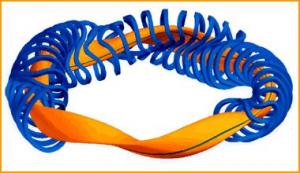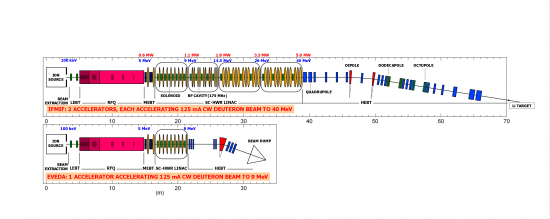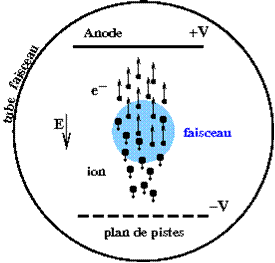The last coil of the Wendelstein W7X stellarator left CEA-Saclay last week, on Wednesday 9 September 2009 to be precise. The event marks the end of trials on the 70 coils of this fusion reactor and seals the success of a major project that began in 1998 and involved many teams from IRFU (formerly known as DAPNIA). The 70th coil has just been tested and validated at the W7x test station and has now gone to join the other 69 members of the family of superconducting coils currently being assembled on the Wendelstein 7-X stellarator, the research machine for the European programme on magnetic confinement thermonuclear fusion.
The tests, performed under a French-German collaboration agreement with the Max Planck Institute-IPP Greifswald, gave scientists from many countries an opportunity to work together and highlighted the CEA's major contribution to the fusion programme. So many thanks to all those who helped to make this project a success.
Part of the IFMIF-EVEDA1) project consists of the construction of a prototype deuton2) accelerator at Rokkasho-Mura in Japan. The accelerator is due to enter service in 2013. The purpose of the EVEDA phase is to validate the IFMIF project which aims to investigate the strength of materials subjected to a high neutron flux in order to characterise the materials to be used in the construction of DEMO3).
This high-current linear accelerator will produce a 125 mA beam of deutons with energies of around 10 MeV. A number of diagnostic stations need to be installed along the line in order to guide the beam through the various elements of the accelerator. The purpose of these diagnostic stations is to provide data on the beam profile, energy, position, etc. at each of the station positions. With a maximum beam power of 1.25 MW, the use of any form of measurement device that interacts with the beam is impossible as it would be immediately destroyed!




